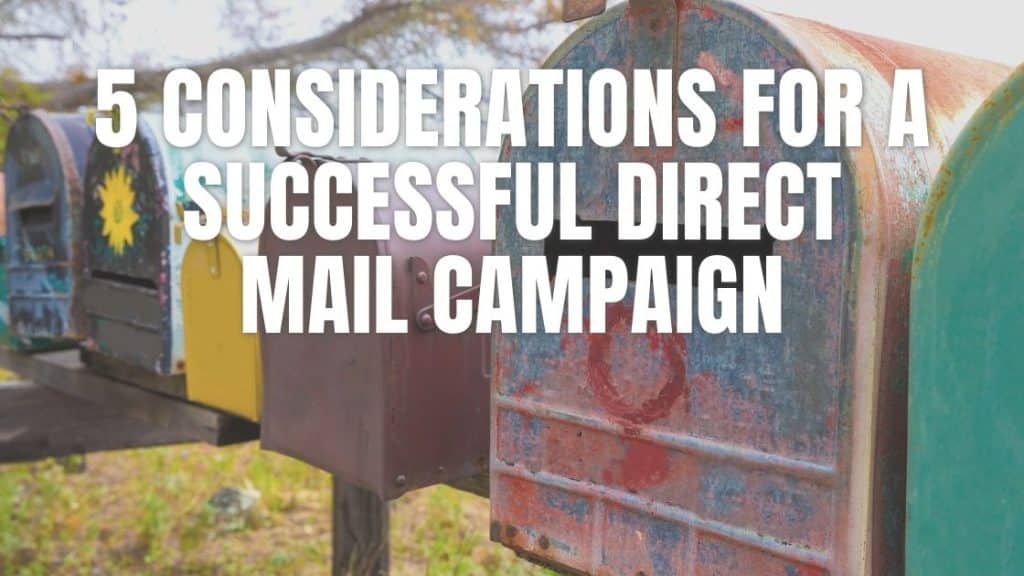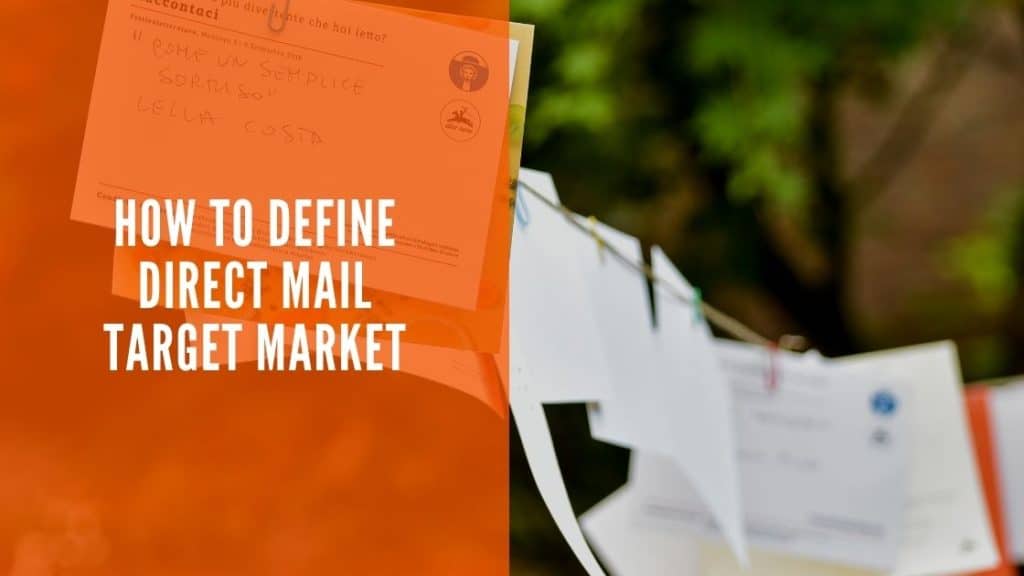Multi-touch campaigns assign attribution to each channel and provide a complete view of how marketing channels work together. In each of the many multi-touch models available, you assign each touch a fraction of the conversion credit. Multi-touch attribution requires the ability for you to track individual members across multiple channels. For instance, you may need to know that a person who received a piece of direct mail is also the same person who received your email, and you can see if they also made a purchase.
Different Multi-Touch Models
Here’s a look at a few different multi-touch techniques and the pros and cons of multi-touch direct mail.
Linear Attribution
In a linear attribution model, each touchpoint in the direct mail journey is awarded equal credit for the final result. It provides the identical weight to a follow-up email sent to a member as it would to a member coming into a physical location. A pro for this model is that linear attribution is easy to set up. The con is that it doesn’t consider that different types of interactions are more or less essential to the end result.
Time Decay Attribution
With time decay attribution, credit raises as time progresses. The touchpoints closest to the result have more weight than those near the beginning of the marketing campaign. A click on a banner ad is less important than your mailer, which is, in turn, less important than the member making a purchase. The pro for the time decay model is that it acknowledges that you may not consider every touchpoint equally. A con is that it doesn’t measure the importance of an early-stage interaction in an end result.
U-Shaped Attribution
In a U-shaped attribution, two key touchpoints have equal credit. The interval between the two points is also weighted but is less valuable than either of the key points. A pro for a U-shaped attribution is that it’s good for accurately look at and reporting on early-stage leads. The con is that it doesn’t measure any interaction after the second touchpoint.
W-Shaped Attribution
A W-shaped attribution model is similar to the U-shaped option, but it hits three key touchpoints rather than two. The leftover attribution accounts for the time and micro-touchpoints between the first and third interactions. One pro for a W-shaped attribution is that it accurately tracks the early-stage marketing side of an interaction. A con is that the distribution isn’t flexible. Each key touchpoint must hold the same weight.
Full-Path Attribution
The full-path attribution method is one step beyond the W-shaped attribution. Full-path goes from the first touchpoint to the customer close. The pro of full-path is that it’s the most thorough. It takes into account that important interactions occur between creating an opportunity and the end result of a campaign. A con is that the distribution is not flexible. All the touchpoints have the same weight.
Customer Attribution
Customer attribution is just as it sounds. You put together this attribution based on your organization’s specific ideas. You weigh each key touchpoint. You determine how valuable each touchpoint is to your process. You can rank and value them, then apply those attributions to your specific model. The pro of customer attribution is that it’s entirely customizable to your needs. The con is that it provides very little guidance about what is most important. It can be challenging to start with if you haven’t measured with other models before.
Start Using Multi-Touch Attribution
You should consider starting an attribution program based on direct mail if your organization isn’t utilizing multi-touch attribution. You will be able to track how much direct mail contributes to your buyer’s journey. A mature cross-channel attribution program can help you optimize your marketing mix, increase your ROI, expand your understanding of the various marketing channels, and shorten the decision-making process.



